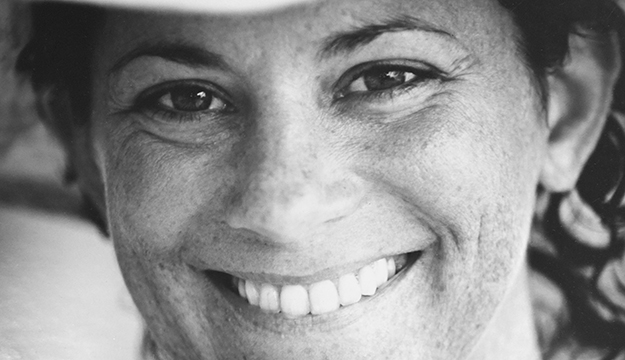Discovering Wakatobi
… continued from page 1
At that time no one was sure when pygmies gave birth, but based on Denise’s many observations, she was confident it was in the early morning hours. Thanks to easy access from shore, we were able to visit these fans from around 4:30-6 am each morning. The males of both species continued to get bigger, and it was apparent that they would soon be giving birth. One of us would take the fan with the H. bargibanti and the other the fan with the H. denise. Our entire dive was spent observing and documenting that fan, using video for me, and stills for Denise.
On the next to last day of our stay we were doing our usual dives and on that day Denise took the H. bargibanti fan and I took the H. denise fan. The H. denise pygmies (there was a male and a female) were already moving about the fan as I arrived. I watched and took video of the male in particular. After a few minutes the male rocked back and forth, then released tiny, baby seahorses. The babies quickly swam upward above the fan and disappeared into the dark sea; they were black in color, not the orange they would be when they matured and settled on a fan. The male moved to a new position and repeated this behavior a total of three times, releasing 13 baby pygmies in total.
But the magic was not over. Shortly after, the female rose from below and the two began to move together back and forth across the fan. In a matter of about three minutes the two mated and the male was again carrying the eggs of another generation of pygmy seahorses. Denise came over from her fan and noticed that the male had given birth. She quickly wrote a note on her slate “did you get it on video”? I shook my head yes and smiled as best I could, as did she. It was without a doubt the most amazing moment in my 6500+ dives, and still is to this day.
The physical property has certainly expanded and evolved over time, but the reefs remain as pristine as when we first arrived—and in some cases actually seem in even better condition.
It has been 20 years since Denise and I first visited Wakatobi. Through all those years, the resort has remained one of our favorite destinations in the world, luring us back time and again. The physical property has certainly expanded and evolved over time, but the reefs remain as pristine as when we first arrived—and in some cases actually seem in even better condition. That is due in no small part to the efforts Lorenz and Wakatobi Resort has made in terms of working with the local communities to protect the reefs while at the same time providing employment opportunities and an enhanced quality of life for area residents. The local people have a stake in the success of Wakatobi, and that is a positive.
Denise passed away in early 2015, and she will always be missed by me and the diving community. I think of our time together at Wakatobi Resort as I work on a short film based on my recent visit to the resort. My bags are packed and cameras ready in anticipation of what might be discovered the next time I visit this special place.
Many thanks to our friend, Larry Tackett, for sharing this story, which will fill the hearts of many for years to come.
Plan your Wakatobi visit to see and experience for yourself the myriad of fascinating creatures that inhabit our waters. Contact us at office@wakatobi.com or complete a quick trip inquiry at wakatobi.com.
More great video footage @WakatobiYouTube



